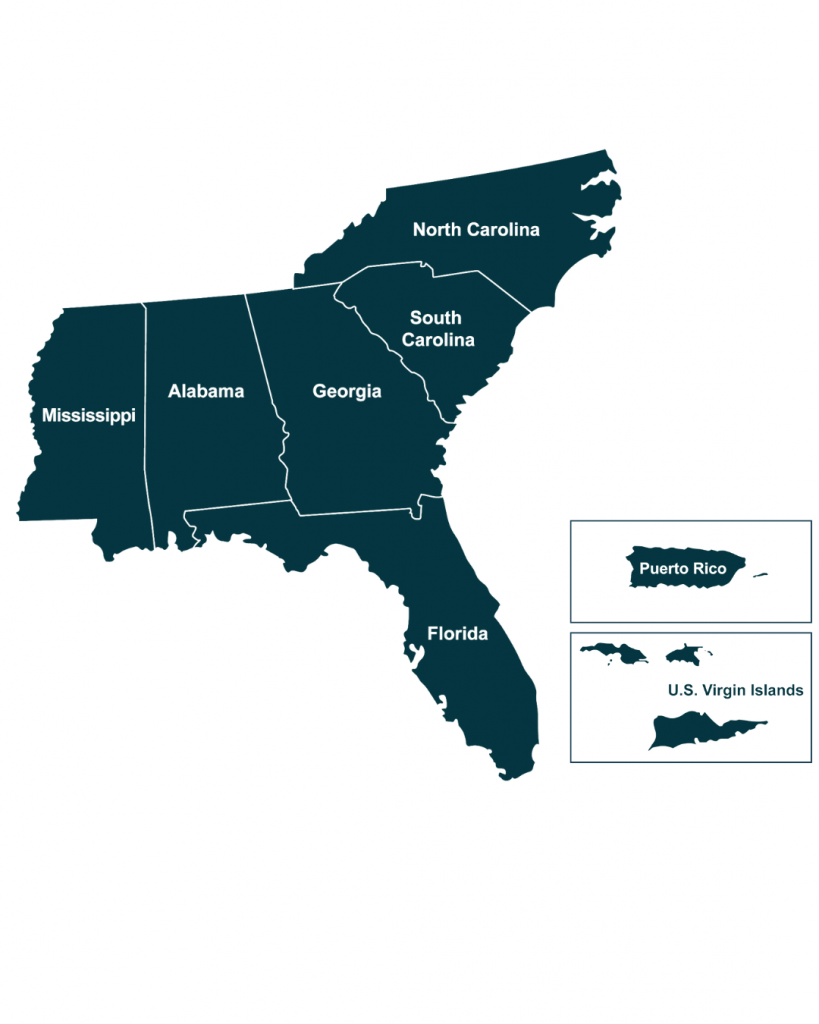Project Summary
While low back pain (LBP) is highly prevalent and potentially disabling, few intervention studies to mitigate LBP have been conducted in the labor-intensive agriculture sectors, and no evidence-based intervention studies exist specific to horticulture workers. In a preliminary study, horticulture workers in Florida reported a high incidence of opioid use attributed to work-related injury or stress. Given the challenges of deploying interventions in small teams, self-management offers an attractive and feasible option to address work-related risk factors and more effectively manage LBP. The primary purpose of this hybrid comparative effectiveness and implementation study is to investigate the effectiveness of self-management strategies to increase awareness of opioid risk, manage pain, and adjust work-related ergonomic risk to address this high-priority public health problem. The specific aims align with 1) NIOSH strategic goals to reduce musculoskeletal disorders related to lifting and physical repetitive stress, and 2) Healthy People 2030 objectives to increase self-management of chronic pain that frequently limits work activities. We are aiming to determine the effectiveness of self-management strategies, including ergonomic modifications using participatory methods for improving LBP among horticulture workers. We will investigate changes in prevalence of high-impact chronic pain, pain with work tasks, medication and substance use, and psychological factors. We aim to recruit 122 English and Spanish-speaking horticulture workers in Florida and randomly assign clusters (teams) to the two intervention groups. Short self-management video modules will introduce risks of opioid use, self-management of pain, and simple ergonomic strategies and participants will be asked to choose 1 self-management strategy and 1 workplace strategies. Surveys will be collected at baseline, pre- and post-intervention, with follow-ups at 3- and 6-months. Participants will be videoed performing work tasks to calculate the NIOSH lifting index and REBA risk factors for horticulture tasks. We will also identify contextual factors impacting engagement, adoption, effectiveness, and implementation. Interviews, focus groups, and field notes will be used to explain results and establish patterns to inform future translation. Ultimately if either intervention is effective, mitigating pain positively impacts quality of life, productivity, and retention, and increasing non-pharmacological self-management addresses an important public health issue.








